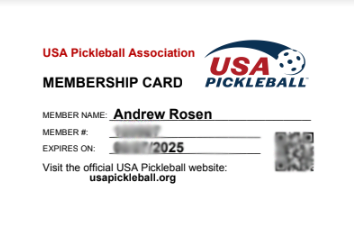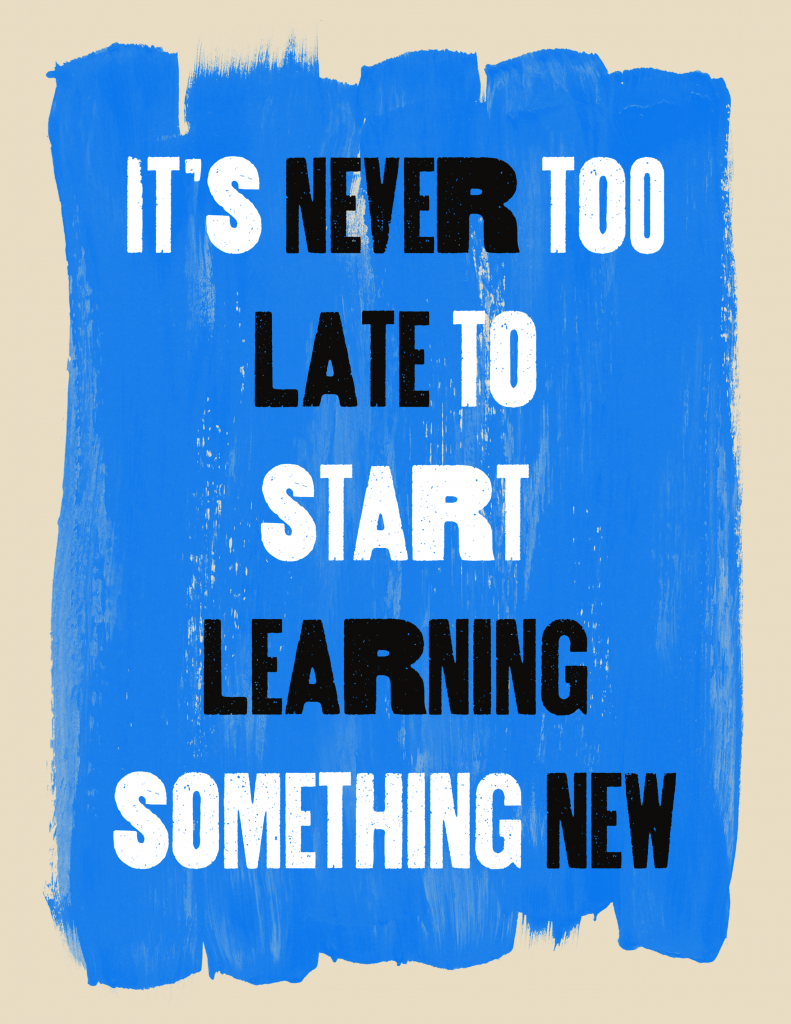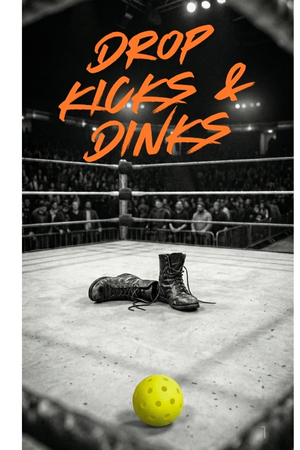Last Updated on November 30, 2025 by Drew Pierce
On a picture-perfect, unseasonably warm fall day, I drove across state lines to accomplish a goal I set for myself back in March: to become a certified pickleball instructor.
When choosing a pickleball certification program, you have several options. I decided to go through the Professional Pickleball Registry (PPR). The organization has been around for five years and, most importantly, is the official certification partner of USA Pickleball, the national governing body for pickleball in the United States.
Other viable options include certification through the International Federation of Pickleball Academy via a partnership with The United States Professional Tennis Association (USPTA). There is also pickleball certification through the International Pickleball Teaching Professional Association (IPTPA).
Have you had enough acronyms yet?
The PPR website does a nice job laying out the program. However, if you’re like me, the more information you have before going into a situation, the more confident and relaxed you feel. As demand for pickleball continues to compound, so does the need for qualified instructors. To that end, let me break out what the road to getting certified via PPR looks like.
WHAT IS REQUIRED TO GET YOUR PICKLEBALL CERTIFICATION?
To become PPR certified, you must meet the following criteria:
- Be at least a 3.5 player (many certified players tend to be 4.0+)
- Playing for at least one year
- $147 to take the exam
- $155 annually to be a PPR member; includes basic personal liability insurance
- $35 to join USA Pickleball for year one; discounts for multiple-year membership

PICKLEBALL VIDEOS AND QUIZZES
The first part of the certification revolves around a video pre-course which includes over 5 hours of content. The video modules were straightforward and often followed by several quiz questions. Correct responses were required to move on, with retakes allowed, helping cement the information in your brain. I appreciated that there wasn’t a lot of filler within the videos and that the demonstrations were illustrated cleanly and concisely. Of course, there is room for improvement regarding the video lessons’ production value, but I guess that is something the PPR has on its roadmap, and they certainly serve their purpose.
PICKLEBALL STUDY GUIDE
The 48-page “Workshop and Certification Study Guide, Adult Development” is the cornerstone of the experience, giving you the coaching knowledge and proven framework for teaching adult beginners and adult improvers pickleball. I sent a copy to my tablet and made tons of notes in the margins. The guide also contains an excellent template on how to structure your classes and sample lessons that focus on the core areas of the sport.
TEACH A SAMPLE PICKLEBALL LESSON
During the second part of the year, there were no PPR certification courses available in New York, so I made a choice to travel to Connecticut. And I wasn’t the only one who committed to a journey. The 10 aspiring pickleball coaches came from all over the map, including Massachusetts and Vermont. And as usual, the pickleball people were the best part of the experience. With a common goal to spread the love of the game, individuals were there committing to helping seniors and at-risk youth and keeping busy during retirement. Everything beautiful about pickleball was on display during our 5-hour certification session.

The curriculum mirrored the information in the study guide, with a strong emphasis on player safety and the importance of letting people experience the sport without bogging them down with too much information. The time together culminated with each student delivering a 20-minute sample lesson. Many of the aspiring pickleball instructors were already tennis coaches with decades of teaching experience. Others, such as your humble narrator, were new to teaching. But everyone did a great job suppressing their nerves and putting their own “spin” on the content. The clinician did a fantastic job throughout the day, sharing pickleball facts, real-world experiences and delivering honest feedback.
Hi! If you’re enjoying this post, perhaps you’ll enjoy my new short story collection. Please consider checking it out and leaving an honest review on Amazon.
Need a break from the court?
I wrote a short story called "Dropkicks and Dinks" about a pro-wrestler finding solace in pickleball. It's featured in my new collection.
Get it on Amazon →FINAL EXAM
The final leg of the pickleball certification program through PPR is an online test consisting of 96 multiple-choice questions. Again, if you read the study guide several times, you’ll be in great shape. There are also a handful of questions that link back to videos that you must watch and point out the player’s form or execution errors. I did not anticipate having to analyze video, and frankly, this was the only area where I got dinged for a few incorrect answers. Perhaps it was me, but there’s a better way to illustrate several of the points that were attempting to be made.
READY TO BECOME A CERTIFIED PICKLEBALL INSTRUCTOR?
If you are considering pickleball certification, a few final tips based on my experience.
- If you sign up for the training well in advance, you would be best served to revisit the videos and the study guide before your appointment with a clinician for your demo lesson. You should also take the final exam as soon as it becomes available, generally within 48 hours of your demo lesson. The fresher the material is in your mind, the better you should perform.
- Be sure to bring enough water with you to stay hydrated. Also, we did not break for lunch during the certification process, so bring snacks!
- Do your research on the pros/cons of each pickleball certification program–they are not all created equally.
- Remember that this is pickleball, and pickleball is joy. Do not put undue pressure on yourself. If you approach the certification with a positive attitude and high energy, you can’t fail. Be sure to check imposter syndrome at the door–you can do this!
Now that I am a certified pickleball coach who can teach adult beginners and adult improvers, what will I do next? The honest answer is, I’m not sure! Facebook already seems flooded with folks in my area offering to teach groups. For now, I like that the training brings me back to the basics as my own playing grows. And it feels damn good to have accomplished a Pickleball Rookie goal that I set for myself.
Keep approaching that non-volley zone line, friends!


You said insurance is included, meaning for your clients ? Covers the park ?